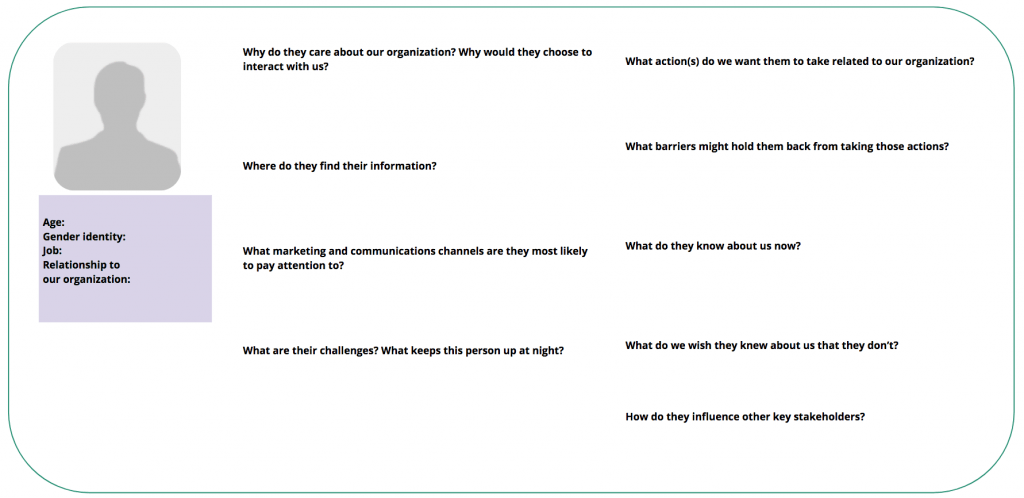You may think of “brand” as something only for-profit companies should care about. That couldn’t be further from the truth — today’s forward-thinking nonprofits recognize that their brands are important tools for driving financial support, internal cohesion and capacity, mission advancement and social impact.
A brand messaging strategy helps solidify your internal and external messaging so your organization can communicate to its target stakeholders in consistent, effective ways. Here’s why having a brand messaging strategy is so important for today’s nonprofits and what you should include in yours.
What are the benefits of having a brand messaging strategy?
A brand messaging strategy is more than a nice-to-have. Without one, you’ll never be able to clearly communicate why your nonprofit exists, why it’s relevant today and how it’s making an impact on communities and individuals. When your messaging is clear, you’re more likely to attract supporters, partners and ultimately, donors.
[bctt tweet=”A #brand messaging strategy is more than a nice-to-have.” username=”ProsperStrat”]A brand messaging strategy can help you:
1. Drive internal cohesion and capacity
Without a brand messaging strategy, you’re likely to experience a lack of cohesion between what staff, leadership and board members stand for internally and how you present those ideas externally. A nonprofit brand messaging strategy should be first and foremost about getting everyone on the same page. In order to communicate a nonprofit’s mission to the world, internal leadership first must agree on what they want to say and how.
Members of your team also likely talk about your nonprofit’s work in different ways, so it’s important to develop a brand messaging strategy where key staff members each have a voice on what values and messages are most important. This also allows them to figure out how they can personalize their communications to friends, at networking events or in front of other potential donors.
2. Create clear, consistent external communications
If external audiences — from donors to media outlets — don’t have a clear idea of what your nonprofit’s mission is, they’re unlikely to engage with your organization. With a brand messaging strategy in place, nonprofits can more effectively and consistently communicate their cause to external stakeholders.
When developing your brand messaging strategy, you’ll want to create key messages that get to the who, what, why and how of your organization. With these messages, you’ll have a basis for all of your external messages moving forward — from press releases, to annual appeal letters.
3. Advance mission impact
Until your nonprofit has clear messaging and an effective brand, your organization won’t be able to reach its full potential. A clear and consistent brand makes stakeholders like donors, volunteers and beneficiaries of your programs or services more likely to understand and eventually trust your nonprofit. And with trust comes more capacity, and eventually, more impact.
What does a brand messaging strategy include?
A brand messaging strategy gives nonprofits guidance for communicating what they do and why. A brand messaging strategy should be aligned with an organization’s:
Your messaging strategy should also include robust research that informs what messages you should be communicating about your organization, and why. This foundational research could include analyses of:
- Your brand strengths, to determine what stakeholders regard highly about your organization
- Stakeholder needs, to determine what target stakeholders are saying they need from an organization like yours
- An ecosystem assessment of other key players in your space, to understand how your organization relates to, differentiates from and/or builds upon others’ missions and messages
A brand messaging strategy should also include stakeholder personas — personified, fictional descriptions of ideal members of your target stakeholder groups. By researching what your stakeholders care about most, what they expect from your organization and where they get information about causes like yours, you’ll get to the core of how you should communicate with them. Ultimately, these personas make the foundational research you do actionable.
Once you have your target stakeholders identified, you should draft your key messages for each group, with the main points you need your stakeholders to hear, understand and remember about your organization.
